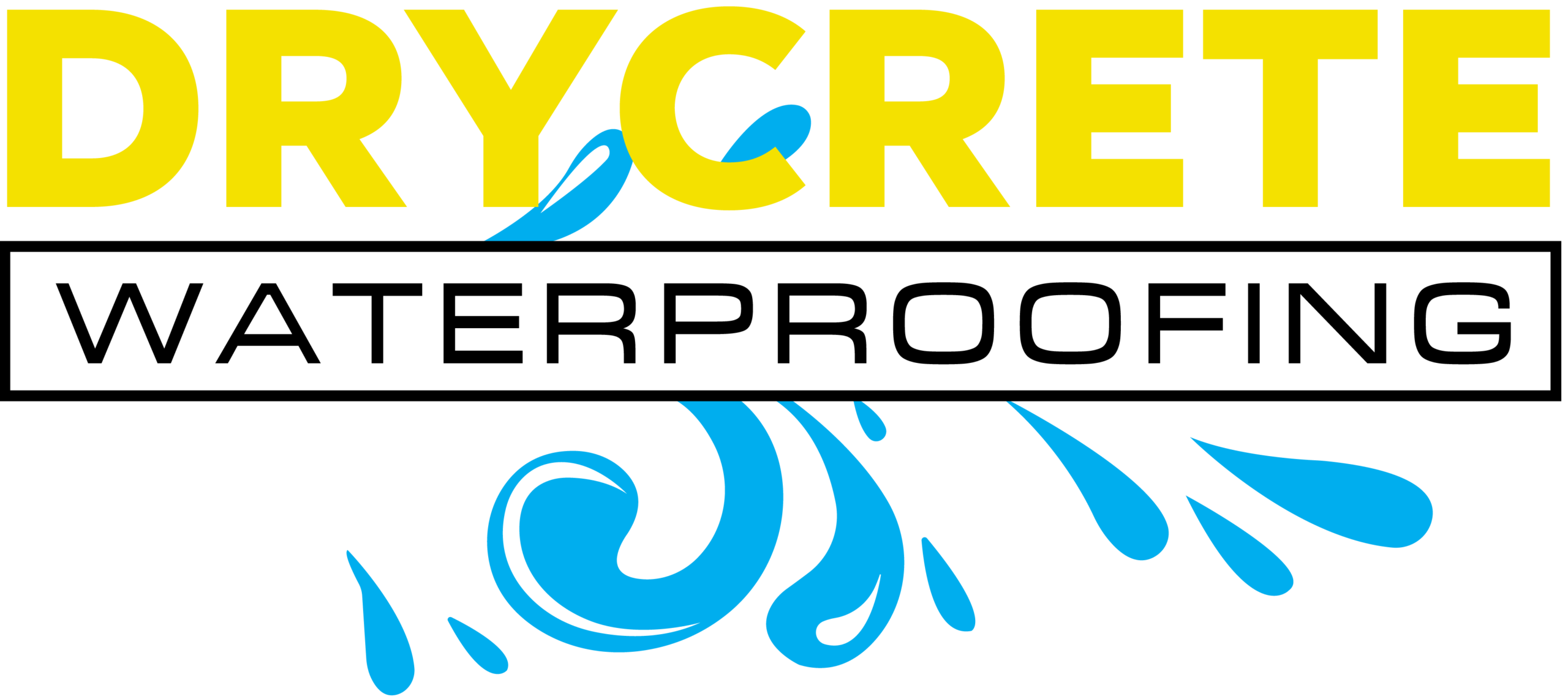Flooded basements are a serious issue. Floods have many causes: burst pipes, sewage backup, flash flooding, major storms, etc. It is crucial to have a plan in place. Drycrete Waterproofing is the expert at dealing with flooding and basement waterproofing techniques.
Have a flooded basement? Take a look at this list of things you should do.
Things to Do the Day of the Flood
There are some things you should do right away. They help mitigate the damages and protect you and your home from harm.
- Turn off the electricity: Water and electricity are not a safe pairing and could cause shock or electrocution. It’s best to turn off the electricity for safety. You may need to call a licensed electrician for this.
- Determine the source of the flood and stop it if possible: If the source is identifiable and not related to Mother Nature, you should determine where the water is coming from and put a stop to it ASAP.
- Remove soggy items from the basement: Get those wet and soggy items out of the basement to dry land, and somewhere they can start drying out!
- Put damp papers in the freezer: If you have important papers that got wet, try sticking them in the freezer to preserve them.
- Use a gasoline-powered water pump to remove standing water: A professional company will likely have this type of equipment and can help you get the water out.
- Use a wet-dry shop vac to pull water from carpet or puddles: These vacs can help soak up puddles of water, or remove water from your soaked carpets and rugs.
- Get air flowing in the basement: Turn on fans, dehumidifiers, and other moisture systems to move air around. If possible, use fans and open up windows and doors as well.
- Use a Dehumidifier: A dehumidifier will go a long way in drawing moisture out of the air and protecting the wet areas from things like mold and mildew.
Things to Do the Day After the Flood
Got the immediate water and danger out of the way? Now you can start working on cleanup and repairs. Next steps include:
- Call the Insurance Company: Check with your insurance to determine if any of your damages are covered and what you need to do.
- Photograph the Damage: Take pictures of any structural damage, as well as damage to personal items and belongings. Additionally, document the damage to the best of your ability.
- Sanitize to Mitigate Mold: Mold is a common side effect of moisture, especially flooding, and it can start to grow in as little as 24 hours. You need to sanitize as quickly as possible to help mitigate or prevent mold from occurring.
- Examine and Clear Gutters, Downspouts, and Drains: Prepare your home for future occurrences by making sure your gutters, downspouts, and drains are all properly cared for and maintained. Inspect and clean them regularly.
Let Drycrete Waterproofing Help with Your Basement Waterproofing
There are several different options for basement waterproofing needs. Your best solution will depend on your basement and just what is causing excess moisture to come in.
Drycrete Waterproofing has been serving the industry for more than 30 years.
Contact us today to learn the best solutions for your basement waterproofing needs, and to get your home protected.

